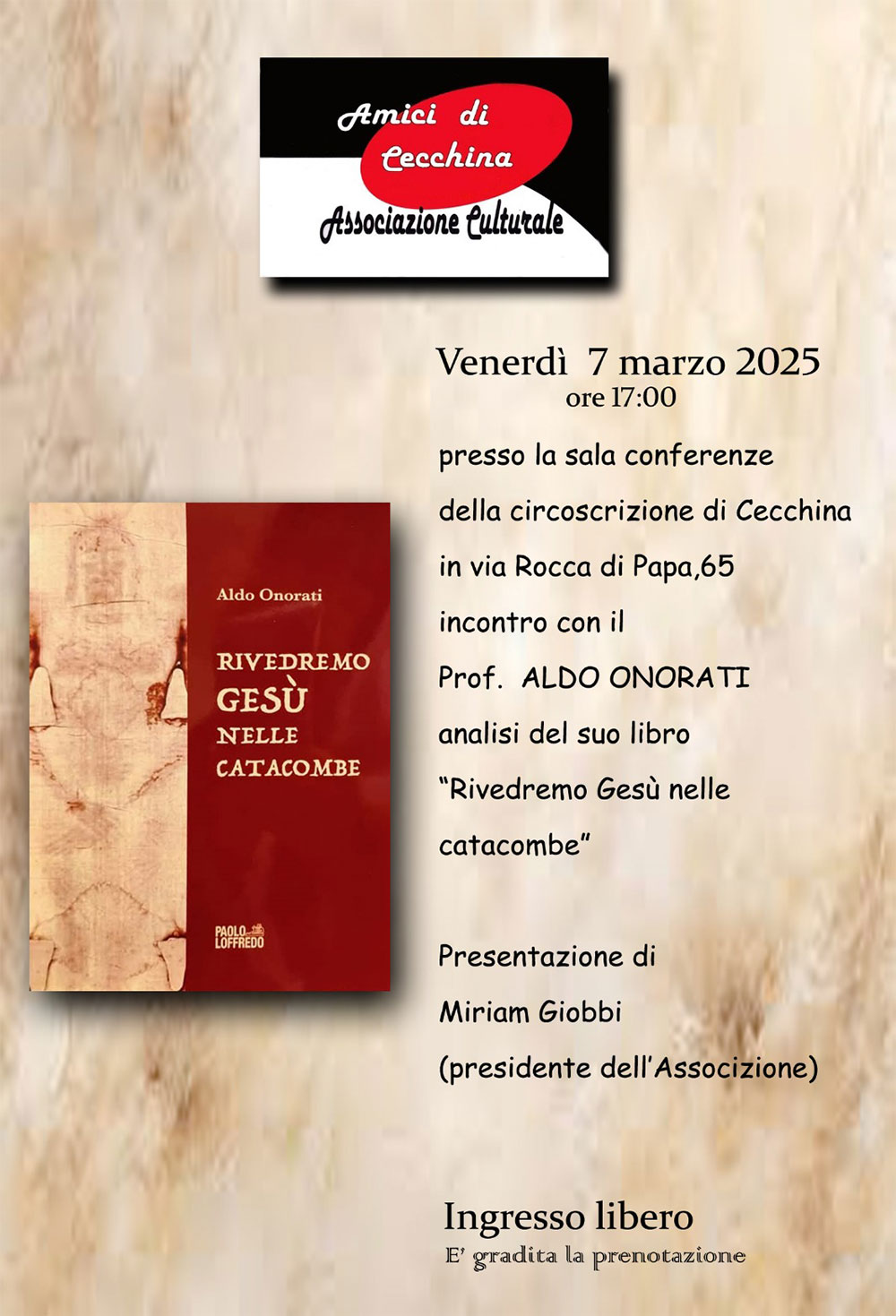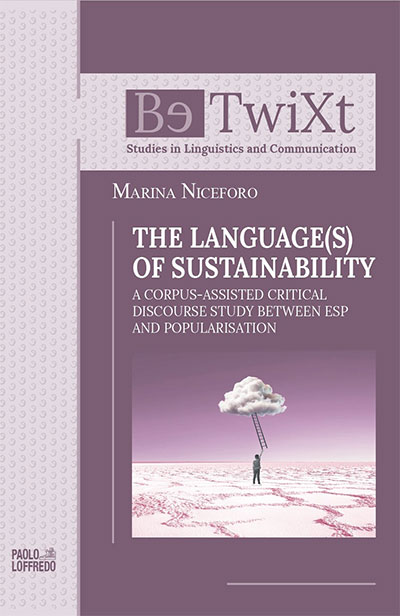 Paolo Loffredo, sixth generation of a large family of publishers and booksellers engaged in the production and distribution of books since the late nineteenth century, creates in 2012 the new editorial company Paolo Loffredo Editore. The historical site was until the '80s in the heart of the historic centre of Naples in Via San Biagio dei Librai, lower Decumano and also known as the SpaccaNapoli.
Paolo Loffredo, sixth generation of a large family of publishers and booksellers engaged in the production and distribution of books since the late nineteenth century, creates in 2012 the new editorial company Paolo Loffredo Editore. The historical site was until the '80s in the heart of the historic centre of Naples in Via San Biagio dei Librai, lower Decumano and also known as the SpaccaNapoli.
At the beginning of the twentieth century, Giuseppe Loffredo decided to add book selling to the book production, which definitively imposed itself after World War II with the publication of manuals for the University and for the School that succeeded in establishing themselves soon throughout Italy.
LAST EVENT
"Rivedremo Gesù nelle catacombe"
07 Marzo 2025 - Sala Conferenze circoscrizione di Cecchina - via Rocca di Papa 65, Albano Laziale (RM) - ore 17,00

THE LANGUAGE(S) OF SUSTAINABILITY
ISSN: 2611-1349
Language: English
Publisher : Paolo Loffredo Editore Srl

Description
THE LANGUAGE(S) OF SUSTAINABILITY
A corpus-assisted critical discourse study between ESP and popularisation
This volume explores the language of sustainability through a criti¬cal analysis of discourse supported by corpus linguistics. The study aims to fill an existing research gap on the language of sustainability both in the broad sense – regardless of the numerous declinations of this multidisciplinary subject – and across different textual genres. In particular, the corpus includes texts on sustainability from the areas of scientific, institutional, corporate, and media communication.
In the first part of the volume, the language of sustainability is ex¬amined in its lexical and terminological, grammatical, syntactic, and pragmatic features, both in general and within the four genres con¬sidered. As part of specialised languages, sustainability knowledge and terminology are subject to popularisation processes, with po¬tential instances of manipulation in the transition between the var¬ious genres. Therefore, after considering genre, domain, and medi¬um specificities, the analysis illustrates some popularisation steps by observing keywords, collocations, concordances, and thematic nodes in the four sub-corpora. The second part of the volume presents a critical analysis of sustainability discourse by focussing on framing strategies and the representation of social actors in a wide selection of examples. In addition to traditional frames, the qualitative investi¬gation proposes an ‘environmental frame’, informed by ecolinguistics, to evaluate the centrality of environmental motifs in sustainability discourses. Overall, this study contributes to the literature on sus¬tainability by expanding the existing knowledge of this subject in the field of language and discourse studies.



